The role of the inner practices of yoga for working with clients and small therapeutic groups around trauma
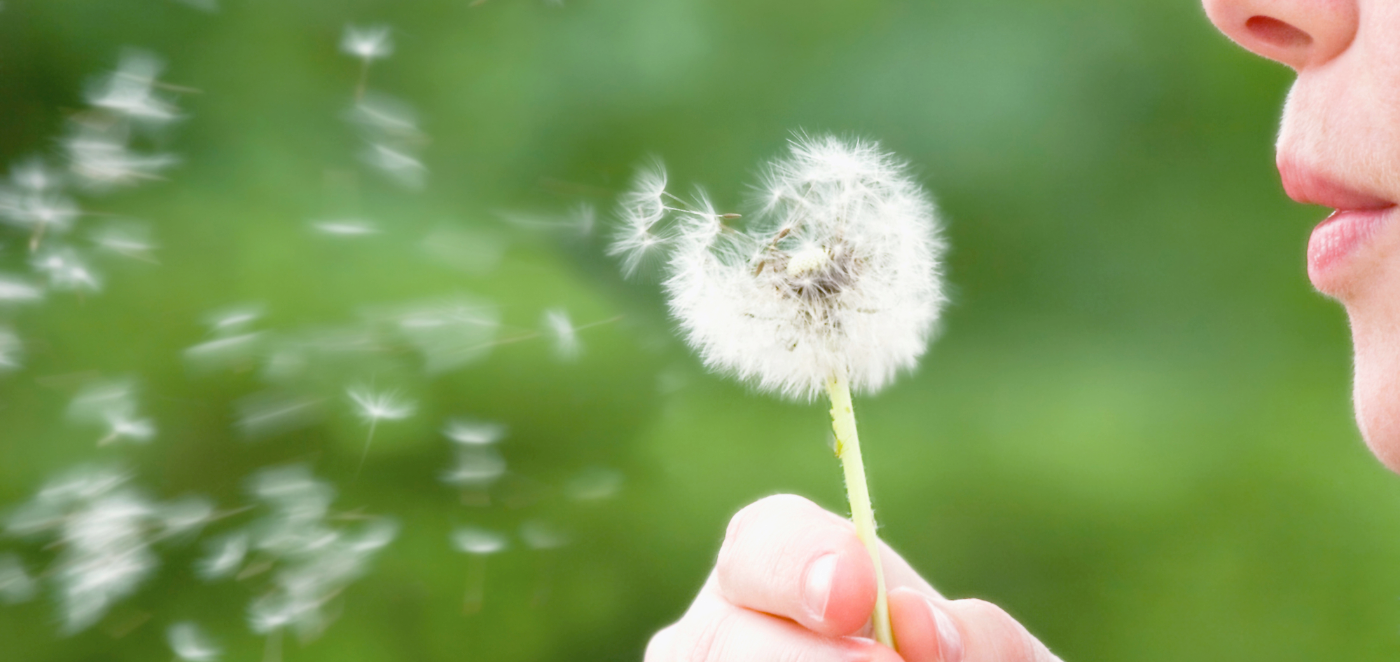
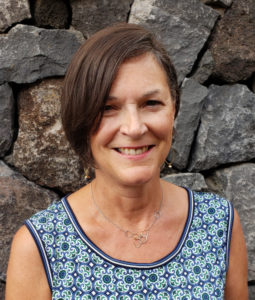
The doorway into yoga for so many westerners is asana. In my last blog, I talked about the role of asana in working with the symptoms of post-traumatic stress. Asana is often a crucial way to carry the breath, impact structure and physiology, and give the mind support.
In the Pancamaya model, asana is a primary tool for impacting the Annamaya layer or physical body.
I find the Pancamaya model a superb organizing structure for intervention strategies for working with clients with post-traumatic stress. In this blog, I’ll discuss the other four layers, the associated yoga tools and how they might be used in working with clients recovering from trauma. (1, 2)
To review, the Pancamaya model from the Taittiriya Upanishad lays out the dimensions of who we are as human beings. The five layers, or human dimensions, include:
Annamaya Layer – Physical Body
Pranamaya Layer – Physiological Functions
Manomaya Layer – Intellect, Cognition, Senses
Vijnanamaya Layer – Personality, Character, Values, Priorities
Anandamaya Layer – Connection, Capacity for Happiness.
The teaching is that these layers are interconnected and impact each other.
For example, techniques offered for the Pranamaya layer are likely to reduce muscle tension, help mental clarity, and allow for exploring difficult emotions from a less-agitated state. Let’s examine each of the inner layers and perspectives about intervention tools for working with clients who are recovering from trauma.
Pranamaya Layer – Physiological Function
Breathing tools and pranayama are primary tools for impacting physiology, especially the autonomic nervous system. Helping clients learn to breathe to manage their moment-to-moment experience is vital to helping clients who have experienced trauma.
I see a lot of advice about whether to teach breathing and how to teach breathing to clients who are experiencing post-traumatic stress. In my experience, breathing techniques are essential to recovery from trauma. As Yoga Therapists and teachers, we need to find ways to help clients befriend their breath and use it as a tool to manage symptoms and regulate the autonomic nervous system.
The way breathing is introduced and taught needs discernment based on the client or group of clients. I’ve seen more clients coming into yoga therapy who have started experimenting with breathing techniques they find on the internet, sometimes with good results and sometimes with triggering effects. The positive takeaway for me is that clients are interested in breathing as a tool.
Here’s where asana is so helpful. If paying attention to breathing is activating or triggering for a client, incorporating breath-centric asana is a way to deepen the breath without too much attention to it. The respiratory rhythm naturally lengthens with movement.
Finding simple ways to explore breath awareness is often the next step. I often start with supine positioning if it’s acceptable to the client so that they feel grounded by the floor. Some clients benefit from tactile awareness, such as hands on the navel area or one hand on the chest and one hand on the navel, as they explore the physical sensations of breathing.
Imagery may help some clients. Finding the right imagery may take some trial and error. Imagining blowing a bubble in the wind to lengthen exhale may be helpful. Gently blowing the seeds off a dandelion may work. A gentle ocean wave in and out may be the right support. Checking in with clients at every step is helpful. Recently I was using ocean wave imagery for breathing, and one of the clients in the group told me she came up with a different image because of a near-drowning incident as a child.
Clients often evolve on their own into Ujjayi breathing. Depending on the client or the group, I may introduce it in a very simple way but also provide the option not to do it. Giving clients a choice to do or not do is essential.
The yogic model of human energy – bṛahmaṇa and langhana – is a helpful way of thinking about impacting energetics and physiological balance. Most clients I see need help with calming, reducing and soothing. Their symptoms are more rajasic. Working with simple breathing ratios that lengthen exhale can help create a more langhana effect. Using pursed lips or sighing or sound may be a tool to make extending exhale possible. Simple breathing ratios are especially helpful for helping clients get to sleep and fall back asleep if they wake up with nightmares.
A slightly more potent effect may be helpful when anxiety is high. Using techniques to create a brahmana effect (match the activation), then strategies for langhana (power down) may be more effective for some clients. An example might be to do 1 or 2 postures with some simple and easy breath retention (retain 1, 2, 3 seconds, then no breath adaptation in 1 or 2 postures, then 1 or 2 postures with lengthening exhale (exhale 4, 5, 6 sec).
When clients present with more tamasic symptoms, lengthening the breath in a way that is tolerable or adding small retention may be helpful. If you consider the overlay of polyvagal theory with the gunas or with the brahmana and langhana model of human energetics, we might see that some clients present with more dorsal vagal symptoms such as immobilization and collapse.
Pranayama techniques may be introduced if you have enough sessions with clients to help them develop some comfort and proficiency with it. Nostril techniques bring additional benefits, such as mental and emotional balance and focus. The most accessible nostril technique might be Anuloma Ujjayi (Inhale Ujjayi, Exhale Alternate Nostril). Making pranayama techniques relevant to the client’s needs is essential so that they are encouraged and motivated to try them at home. A common symptom of post-traumatic stress is sleep disturbance. A simple breathing practice before bed might be a langhana ratio (for example: Inhale for 4 sec, Exhale for 6 sec) with Anuloma Ujjayi.
Diet may also be a consideration for the pranamaya layer to support symptom relief, especially with gut symptoms and the inflammation associated with chronic stress.
Manomaya Layer – Intellect, Cognition, Senses
A primary tool to work with intellect and cognition is chanting and study. Chanting is a tool that may be introduced, but only after you have explored how open a client is to it and that you have a clear intention around using it that the client agrees with.
I find that most clients I work with are open to learning about their nervous system and how yoga practice can impact their physiological balance. We can find ways to convey the information that aligns with the client. Here I find Deb Dana’s books, The Polyvagal Theory in Therapy and Anchored, helpful as resources for teaching methodology around how the nervous system works.
Introducing supports for the mind, whether it’s posture adaptations, breathing, imagery, the five senses or mantra, may be useful for working with runaway and ruminating thoughts that are common in post-traumatic stress.
Vijnanamaya Layer – Personality, Character, Values, Priorities
We can all relate to the idea that stress amplifies certain personality qualities and dampens others. Trauma can create life-changing changes, especially around identity and a sense of self-worth. I see many clients who have been injured on the job or witnessed trauma in the line of duty. Many won’t be able to return to the jobs they once had; they may come to the realization that they need to consider making a living through other means or they must change their relationship to their work. Self-reflection and visualization may be valuable tools for the Vijnanamaya layer, depending on the client’s stage of recovery from trauma.
While I may not necessarily introduce the cakra model, I find that some of the ideas taught in that model may be useful in helping people cultivate their potential. One client I worked with had suffered a traumatic brain injury and other injuries on his job. His current role in life was to continue healing and take care of his children and their household. The cakra model was useful in finding ways to help him feel more grounded and stable (1st cakra potentials). Using simple chair postures engaged his feet, legs and spine. He massaged his legs and did a modified forward bend (keeping his head higher than his heart) to feel more grounded. We arrived at a simple mantra he could use with simple breathing to further help him feel steadier. In addition, he added a daily nap to allow his brain some rest so that he could feel more stable and steady as his kids came home from school.
Anandamaya Layer – Emotions, Meaning & Purpose, Connection
Tools of the Anandamaya layer include meditation, connection with others and engaging in activities that bring joy and happiness. My experience is that many clients with post-traumatic stress are often more isolated. That isolation may relate to injuries, avoiding triggering episodes or feeling like their family and friends don’t understand what they are going through.
Re-building connections to people and activities that bring joy takes time and encouragement. Clients often need to gently explore how to do that in ways that aren’t triggering. Or if they get triggered, they need to have tools for managing it. Breathing tools and mantra can be very beneficial in that regard.
I can share an example of a man who was injured on the job and lived with chronic upper extremity and neck pain. He had post-traumatic symptoms in addition to significant physical injuries. His asana practice included micromovements in the upper extremities. His breathing practice was a simple langhana ratio. When he was in better physical health, some of his most joyful experiences were traveling to National Parks. We arrived at the visualization of being in his favorite places in the parks and using his five senses to recall the experience. His connection to his Catholic faith was very strong, especially his connection to Mother Mary. At the end of his visualization, he prayed to Mother Mary for his continued healing and to give him strength. This practice came out of him and was arrived at through the exploration of what had meaning for him.
I appreciate how the Pancamaya model provides an organizing structure for considering the wholeness of every human being and for aligning yoga techniques with what the client needs from their practice. When we arrive at something useful for the client, it’s usually from a place of seeing the interconnectedness of the dimensions of who that person is and what yoga techniques are effective, acceptable, and well-tolerated.
Read more of Mary’s posts on working with trauma >
Check out Mary’s Real-Life Case Studies video series, available exclusively to Sequence Wiz members. Learn more about Case Studies at Sequence Wiz >)
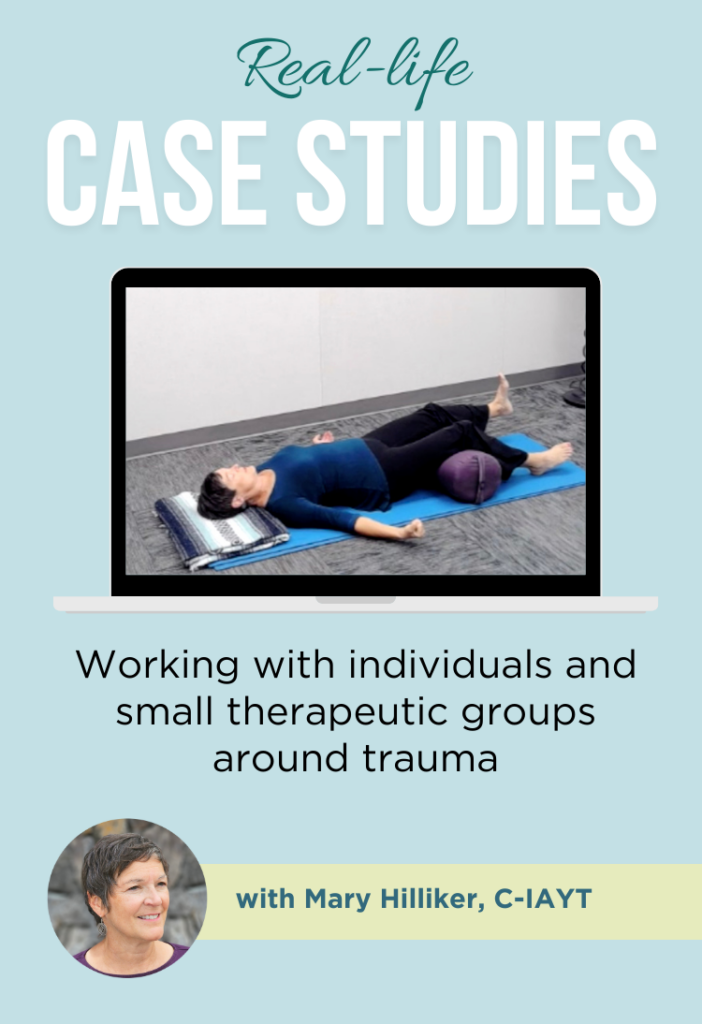
Part 1: Introduction and an overview of the case studies
Part 2: Using micromovements, langhana breathing, and personal mantra to deal with the trauma of a vehicular accident
Part 3: Using breath-centered asana, segmented breathing, and five senses meditation in a therapeutic group
Part 4: Using standing poses, brief breath retention with lengthened exhale, and mantra to regain personal strength
Part 5: Conclusions and lessons learned working with clients and small groups around trauma
About Mary
Mary Hilliker is a Registered Dietitian/Nutritionist, an experienced yoga teacher at the E-RYT 500 level and a Certified Yoga Therapist with the International Association of Yoga Therapists (C-IAYT). She studied with Gary Kraftsow of the American Viniyoga Institute for the last 20 years.
Mary owns and operates River Flow Yoga Teacher Training School, a Yoga Alliance RYS-200 and RYS-300 in Wausau, Wisconsin. She is a business partner and teacher/yoga therapist with 5 Koshas Yoga & Wellness in Wausau, WI. In that role, she focuses her time on individualized Yoga Therapy, teaching Yoga Therapy groups, webinars and special events, training yoga teachers, and providing continuing education for yoga teachers and yoga therapists.
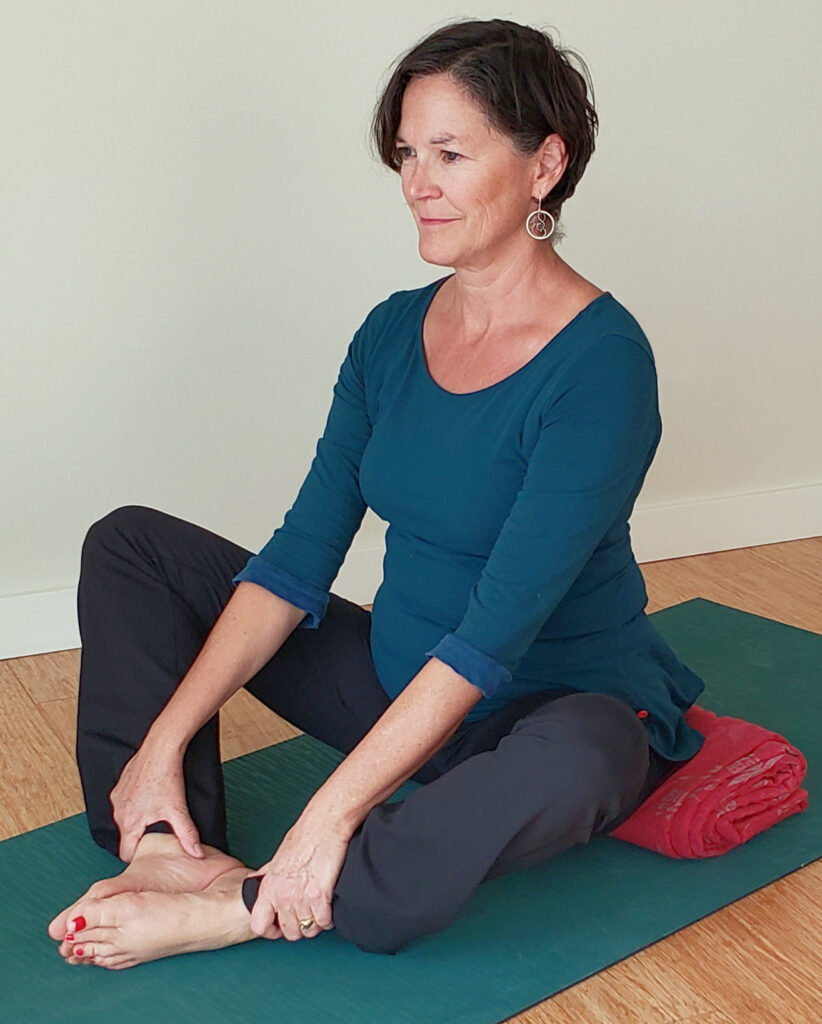
References
- Yoga for Transformation by Gary Kraftsow (affiliate link)
- Why Yoga Works & How It Can Work for You by Robert Birnberg, Christine Dormaier and Fran Ubertini (affiliate link)


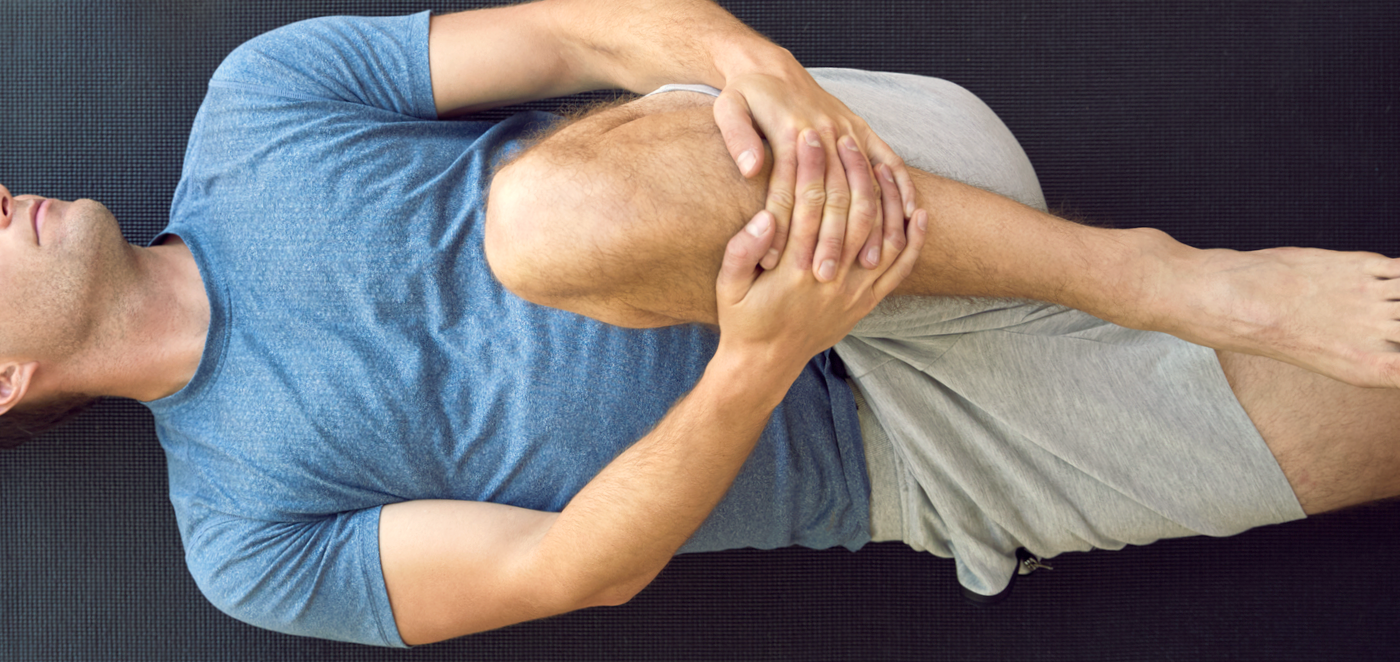

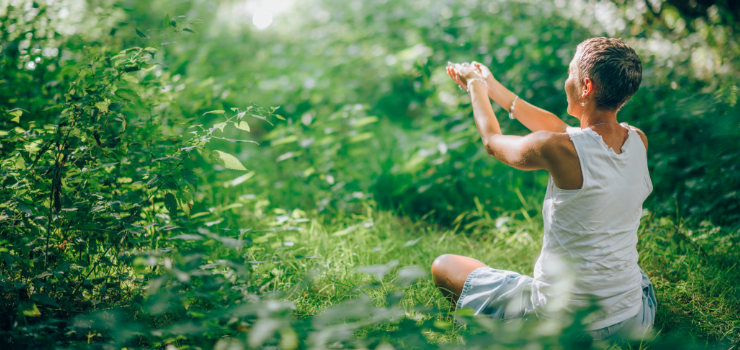

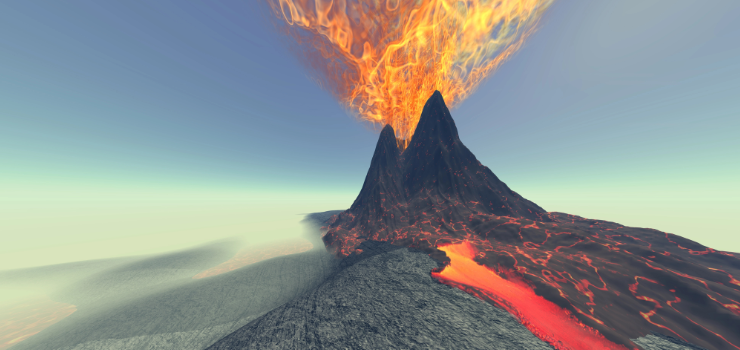


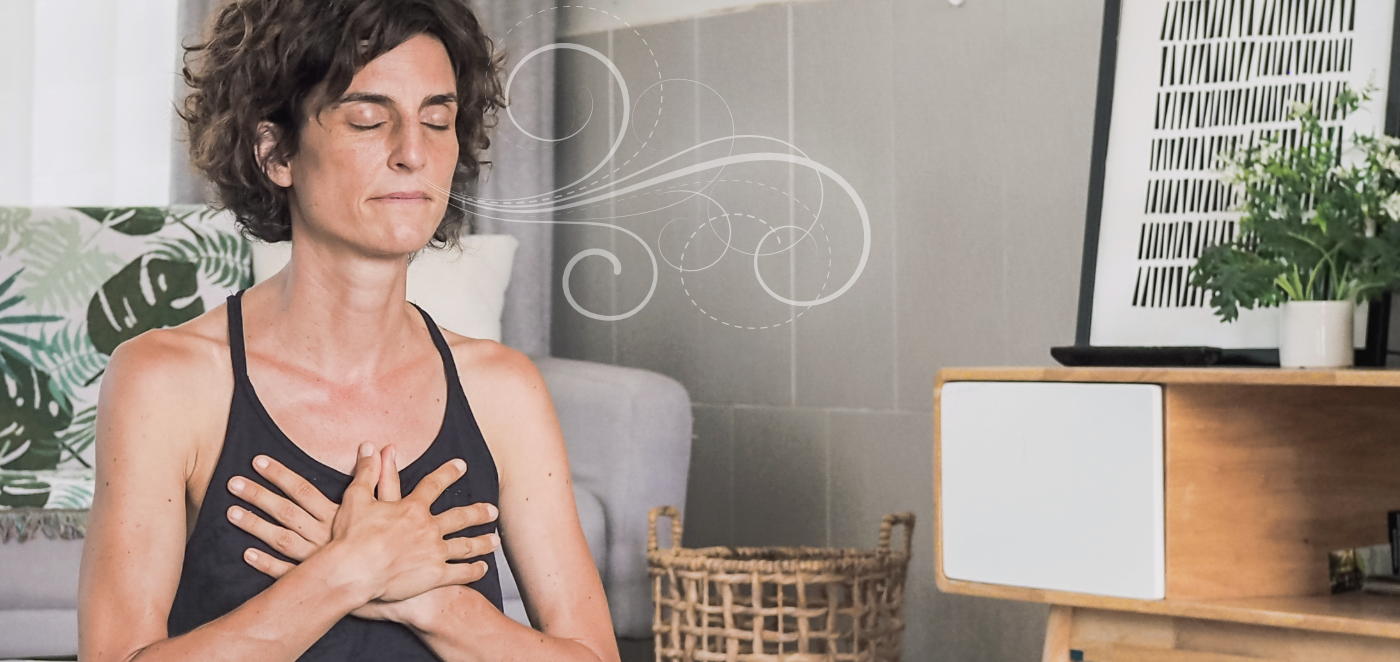
Thank you for this writing Mary. I could feel the kindness and empathy oozing from the words!